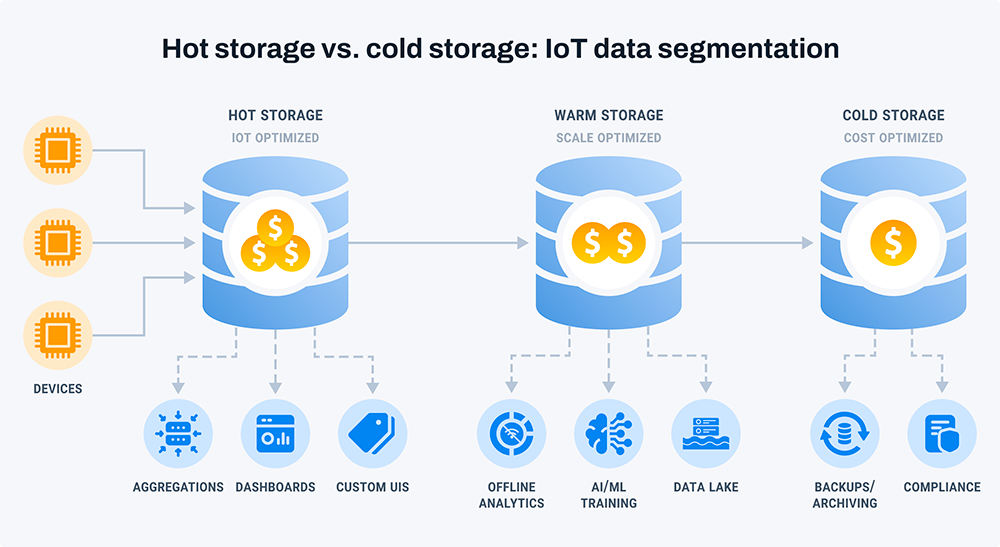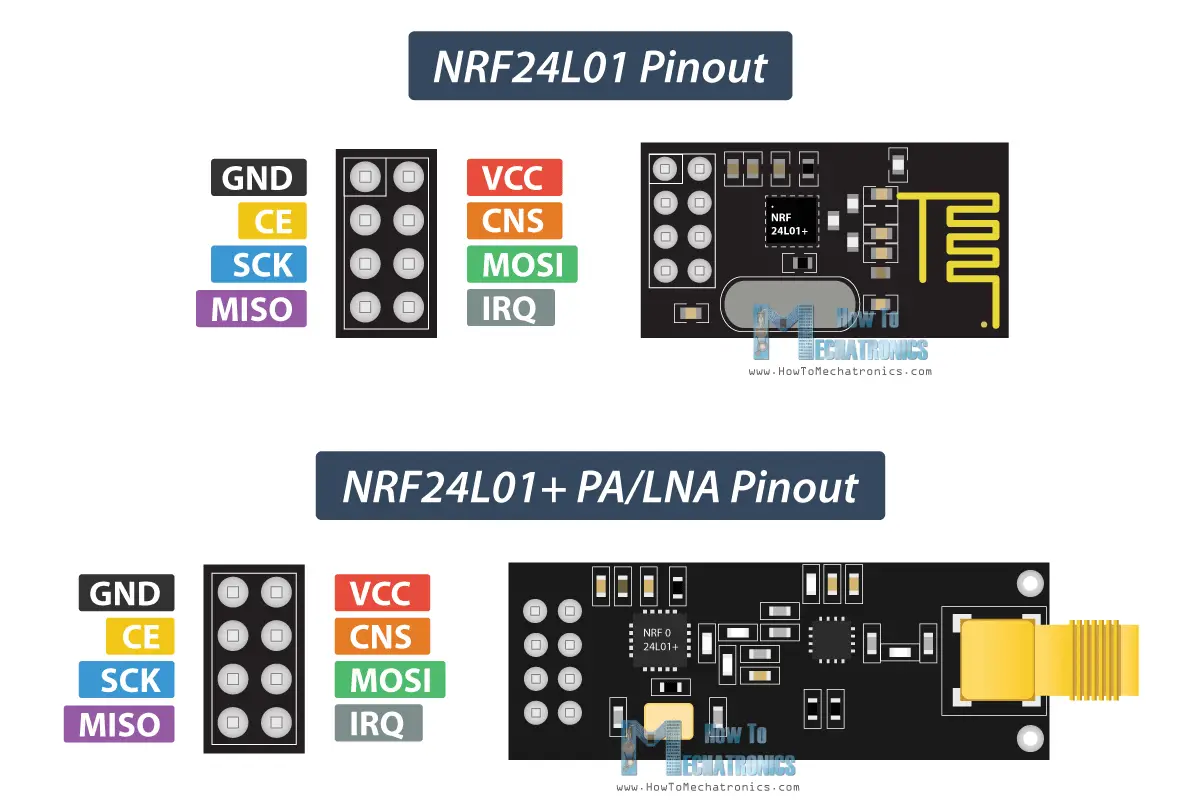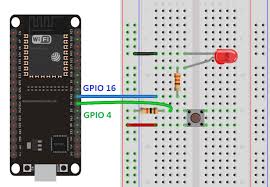Best Way to Store IoT Sensor Data
IoT sensor data is becoming increasingly vital in various industries, from smart homes to manufacturing plants. With the vast amount of data generated by these sensors, it is essential to have a reliable and efficient way to store and manage it. In this article, we will discuss the best practices for storing IoT sensor data to ensure its integrity, accessibility, and security.
1. Choose the Right Database
One of the first decisions to make when storing IoT sensor data is choosing the right database. There are several types of databases available, including relational databases, NoSQL databases, time-series databases, and more. Each type has its strengths and weaknesses, so it is essential to consider your specific use case before making a decision.
For IoT sensor data, time-series databases are often the best choice. These databases are optimized for storing and querying time-stamped data, making them ideal for sensor data that is collected over time. Some popular time-series databases include InfluxDB, Prometheus, and TimescaleDB.
2. Implement Data Compression
IoT sensor data can quickly add up, leading to large storage requirements and increased costs. One way to mitigate this issue is to implement data compression techniques. By compressing the data before storing it, you can reduce storage space requirements and improve data retrieval performance.
There are several compression algorithms available, such as gzip, zlib, and Snappy. It is essential to test different algorithms and choose the one that provides the best balance between compression ratio and performance for your specific use case.
3. Ensure Data Security
Securing IoT sensor data is critical to protect sensitive information and prevent unauthorized access. When storing sensor data, it is essential to encrypt the data at rest and in transit. This can be achieved using encryption algorithms such as AES or RSA.
Additionally, access control mechanisms should be implemented to restrict access to the data based on user roles and permissions. By ensuring data security, you can prevent data breaches and maintain the integrity of your IoT sensor data.
4. Implement Data Backup and Recovery
Accidents happen, and data loss can occur due to hardware failures, software bugs, or malicious attacks. To protect your IoT sensor data, it is crucial to implement data backup and recovery processes. Regularly backup your sensor data to an offsite location to ensure redundancy and data availability.
Test your backup and recovery processes regularly to ensure that you can quickly recover your data in the event of a disaster. By implementing robust backup and recovery mechanisms, you can safeguard your IoT sensor data and minimize the risk of data loss.
5. Monitor Data Quality and Performance
Monitoring the quality and performance of your IoT sensor data storage is essential to ensure that your data is accurate, consistent, and accessible. Implement monitoring tools that track key performance metrics, such as data ingestion rates, query latency, and storage utilization.
By monitoring data quality and performance, you can identify issues proactively and take corrective actions to prevent data corruption or loss. Regularly review your monitoring data and adjust your storage infrastructure as needed to optimize performance and reliability.
Conclusion
Storing IoT sensor data requires careful planning and consideration to ensure data integrity, accessibility, and security. By choosing the right database, implementing data compression, ensuring data security, implementing backup and recovery processes, and monitoring data quality and performance, you can effectively store and manage your IoT sensor data. Follow these best practices to make the most of your IoT sensor data and unlock its full potential.
Best Way to Store IoT Sensor Data
IoT sensor data is becoming increasingly vital in various industries, from smart homes to manufacturing plants. With the vast amount of data generated by these sensors, it is essential to have a reliable and efficient way to store and manage it. In this article, we will discuss the best practices for storing IoT sensor data to ensure its integrity, accessibility, and security.
1. Choose the Right Database
One of the first decisions to make when storing IoT sensor data is choosing the right database. There are several types of databases available, including relational databases, NoSQL databases, time-series databases, and more. Each type has its strengths and weaknesses, so it is essential to consider your specific use case before making a decision.
For IoT sensor data, time-series databases are often the best choice. These databases are optimized for storing and querying time-stamped data, making them ideal for sensor data that is collected over time. Some popular time-series databases include InfluxDB, Prometheus, and TimescaleDB.
2. Implement Data Compression
IoT sensor data can quickly add up, leading to large storage requirements and increased costs. One way to mitigate this issue is to implement data compression techniques. By compressing the data before storing it, you can reduce storage space requirements and improve data retrieval performance.
There are several compression algorithms available, such as gzip, zlib, and Snappy. It is essential to test different algorithms and choose the one that provides the best balance between compression ratio and performance for your specific use case.
3. Ensure Data Security
Securing IoT sensor data is critical to protect sensitive information and prevent unauthorized access. When storing sensor data, it is essential to encrypt the data at rest and in transit. This can be achieved using encryption algorithms such as AES or RSA.
Additionally, access control mechanisms should be implemented to restrict access to the data based on user roles and permissions. By ensuring data security, you can prevent data breaches and maintain the integrity of your IoT sensor data.
4. Implement Data Backup and Recovery
Accidents happen, and data loss can occur due to hardware failures, software bugs, or malicious attacks. To protect your IoT sensor data, it is crucial to implement data backup and recovery processes. Regularly backup your sensor data to an offsite location to ensure redundancy and data availability.
Test your backup and recovery processes regularly to ensure that you can quickly recover your data in the event of a disaster. By implementing robust backup and recovery mechanisms, you can safeguard your IoT sensor data and minimize the risk of data loss.
5. Monitor Data Quality and Performance
Monitoring the quality and performance of your IoT sensor data storage is essential to ensure that your data is accurate, consistent, and accessible. Implement monitoring tools that track key performance metrics, such as data ingestion rates, query latency, and storage utilization.
By monitoring data quality and performance, you can identify issues proactively and take corrective actions to prevent data corruption or loss. Regularly review your monitoring data and adjust your storage infrastructure as needed to optimize performance and reliability.
Conclusion
Storing IoT sensor data requires careful planning and consideration to ensure data integrity, accessibility, and security. By choosing the right database, implementing data compression, ensuring data security, implementing backup and recovery processes, and monitoring data quality and performance, you can effectively store and manage your IoT sensor data. Follow these best practices to make the most of your IoT sensor data and unlock its full potential.



